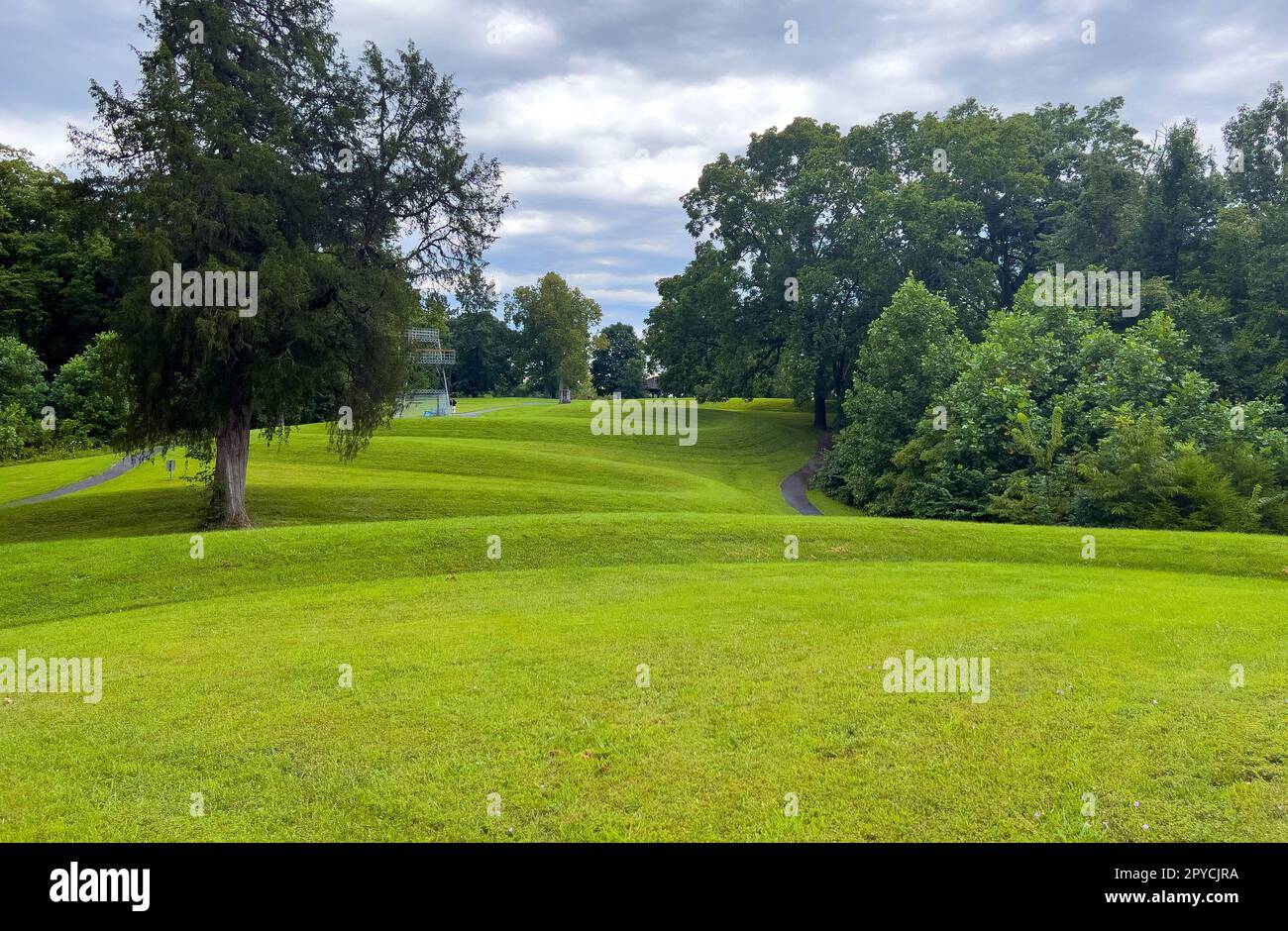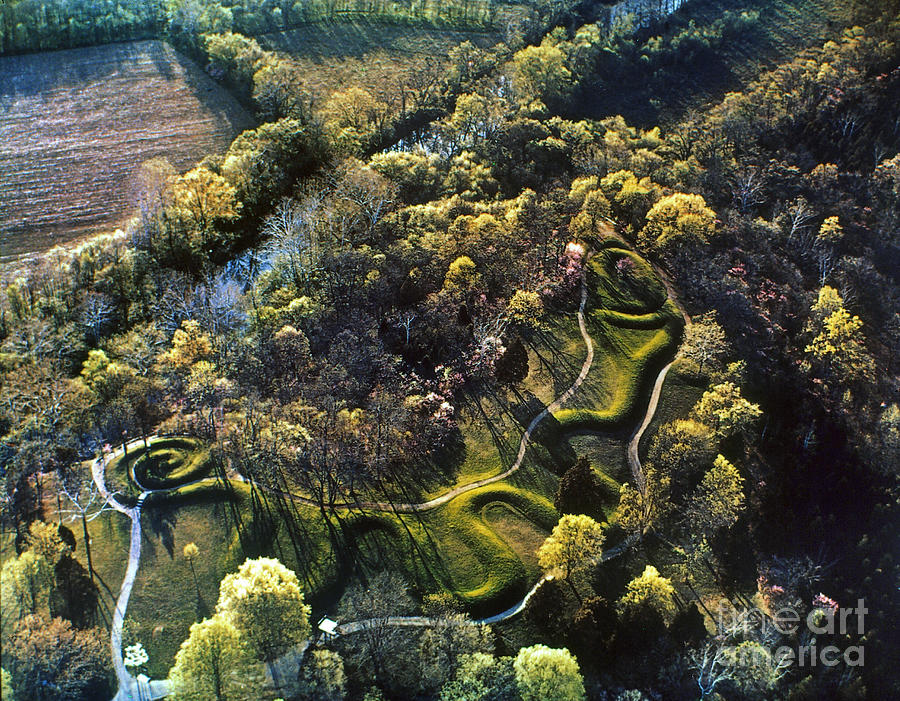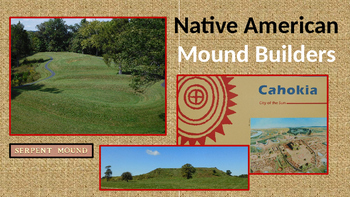
Tracing the Cosmos: A Journey to Serpent Mound, Ohio’s Ancient Earth Map
Forget conventional maps drawn on paper. To truly understand the ancient indigenous peoples of North America, one must look to the land itself, where the very earth was sculpted into profound representations of their world, their cosmos, and their deepest beliefs. Nowhere is this more powerfully evident than at Serpent Mound in Ohio, a monumental effigy that serves as an awe-inspiring, living map – not just of the local landscape, but of the celestial movements above and the spiritual currents below. This isn’t just an archaeological site; it’s a pilgrimage into the mind of an ancient culture, a place where the earth breathes history and the sky whispers secrets.
Driving through the rolling farmlands of southern Ohio, the modern world gradually recedes. The roads narrow, the fields stretch wider, and a sense of timelessness begins to settle. The journey to Serpent Mound, near Peebles, is part of the experience, a gentle winding down from the clamor of contemporary life to the quiet contemplation demanded by such an ancient wonder. There are no grand signs or elaborate entrances; the site unfolds with a respectful humility, inviting you to step onto sacred ground.
Upon arrival, the first glimpse of Serpent Mound is often from the walking path that encircles it. Even at ground level, its immense scale is palpable. Stretching over a quarter of a mile, its undulating body seems to ripple across the landscape, a colossal serpent carved from the very earth itself. But it is from the observation tower that the true magnificence, and the profound "map-like" quality, of this effigy becomes strikingly clear. From this vantage point, the serpent truly comes alive: its head, jaws open as if to swallow an egg or the setting sun; its coiled tail, a spiraling vortex; and its serpentine body, a series of seven distinct curves.

This is where the concept of "Native American maps" transcends mere geography. The builders of Serpent Mound – likely the Adena people (c. 1000 BCE – 200 CE) or the Fort Ancient culture (c. 1000 CE – 1650 CE), though its exact origins remain debated – were not mapping territories in the modern sense. They were mapping the heavens. The alignment of the serpent’s head and tail, and the specific curves of its body, correspond precisely with significant celestial events. The head points to the summer solstice sunset, while the tail points to the winter solstice sunrise. Other curves align with equinoxes and lunar phases. This earthen sculpture is, in essence, a massive astronomical calendar, a sophisticated map of the sky meticulously inscribed onto the earth.
Imagine standing here thousands of years ago, a member of a community deeply connected to the cycles of nature. The rising and setting of the sun, the phases of the moon, the appearance of specific stars – these were not just observations; they were vital guides for planting, harvesting, hunting, and spiritual ceremonies. Serpent Mound served as their grand observatory, a fixed point in a dynamic cosmos, allowing them to track time, predict seasons, and align their lives with the rhythms of the universe. It was their ultimate navigational tool, their cosmic compass, their sacred blueprint for existence.
The choice of a serpent, a powerful and revered symbol across many indigenous cultures, is equally significant. Serpents often represent creation, transformation, fertility, and the cyclical nature of life, death, and rebirth. They are seen as mediators between the earth and the sky, guardians of knowledge, and symbols of the potent forces that shape the world. Here, the serpent is not merely an animal; it is a cosmic entity, an embodiment of the forces that the ancient peoples sought to understand and honor. Its body, mirroring the flow of a river or the path of the sun, connects the terrestrial with the celestial, making the mound a nexus of spiritual power.
Adding another layer to the enigma of Serpent Mound is its unique geological setting. The effigy is situated on a plateau overlooking the Ohio Brush Creek valley, within a prehistoric meteorite impact crater – one of the largest and most ancient on Earth. This "Serpent Mound Disturbance" is a circular geological anomaly, a subtle yet massive scar on the landscape. Was it sheer coincidence that the ancient builders chose this particular, geologically distinct spot for their monumental earthwork? Or did they perceive a unique energy, a spiritual significance, or even a visual cue within the unusual topography of the crater that drew them to construct their great serpent here? This geological quirk only deepens the mystery and underscores the profound connection the ancient peoples had with their environment, observing and interpreting details that modern eyes often overlook.

Walking the path around the mound, one can almost feel the presence of those who meticulously shaped this earth. The scale is humbling, the effort immense. It reminds us that "maps" for ancient cultures were not passive diagrams, but active, living landscapes infused with meaning and purpose. They were places of gathering, ceremony, and profound spiritual engagement. The undulations of the serpent’s body invite a slow, deliberate pace, encouraging contemplation. You become part of the ancient rhythm, tracing the path that generations before you have walked.
The Visitor Center and Museum provide essential context, displaying artifacts from the Adena and Fort Ancient cultures – tools, pottery, and ceremonial objects – that offer glimpses into the daily lives and spiritual practices of the mound builders. Informative exhibits explain the astronomical alignments, the symbolism of the serpent, and the ongoing archaeological research. It’s here that the abstract concept of an "earth map" truly solidifies into an understanding of a highly sophisticated and deeply spiritual civilization.
Beyond the sheer physical marvel, a visit to Serpent Mound is a deeply spiritual experience. It’s a place that commands respect, a silent testament to human ingenuity, cultural depth, and an enduring connection to the natural world. It encourages introspection, urging you to consider your own place in the grand cosmic design. In an age dominated by GPS and digital cartography, Serpent Mound serves as a powerful reminder that the most profound maps are often those etched into the very fabric of our world, guiding us not just through space, but through time and meaning.
Practical Travel Tips for Your Journey to Serpent Mound:

- Location: Serpent Mound is located in Peebles, Ohio, approximately 75 miles east of Cincinnati.
- Best Time to Visit: Spring and fall offer pleasant weather and beautiful foliage. Visiting during the solstices or equinoxes can be particularly poignant, though these times may attract larger crowds.
- What to Bring: Comfortable walking shoes are a must. Bring water, a hat, and sunscreen, especially during warmer months, as the site is largely exposed. A good camera is essential to capture the scale from the observation tower.
- Accessibility: The walking paths around the mound are generally well-maintained. The observation tower requires climbing stairs.
- Respect the Site: This is a sacred archaeological site. Stay on designated paths, do not climb on the mound, and leave no trace of your visit. Photography is generally allowed, but be mindful of other visitors.
- Allow Time: Plan at least 2-3 hours to fully walk the mound, climb the observation tower, and explore the Visitor Center and Museum.
- Nearby Attractions: While Serpent Mound is the main draw, the surrounding region offers other natural beauty and small-town charm. Consider exploring some of Ohio’s state parks or local history museums.
Serpent Mound is more than just an archaeological site; it is a living map, a profound message from the past, etched into the very earth. It invites us to pause, to look up at the sky, and to reconnect with the ancient wisdom that understood the intricate dance between the earth and the cosmos. To walk its curves is to walk through time, to stand on ground where the heavens were mapped not with ink, but with intention, reverence, and the very soil beneath our feet. It’s a journey that will undoubtedly leave you with a deeper appreciation for the ingenuity of ancient cultures and the enduring mysteries of our world.


